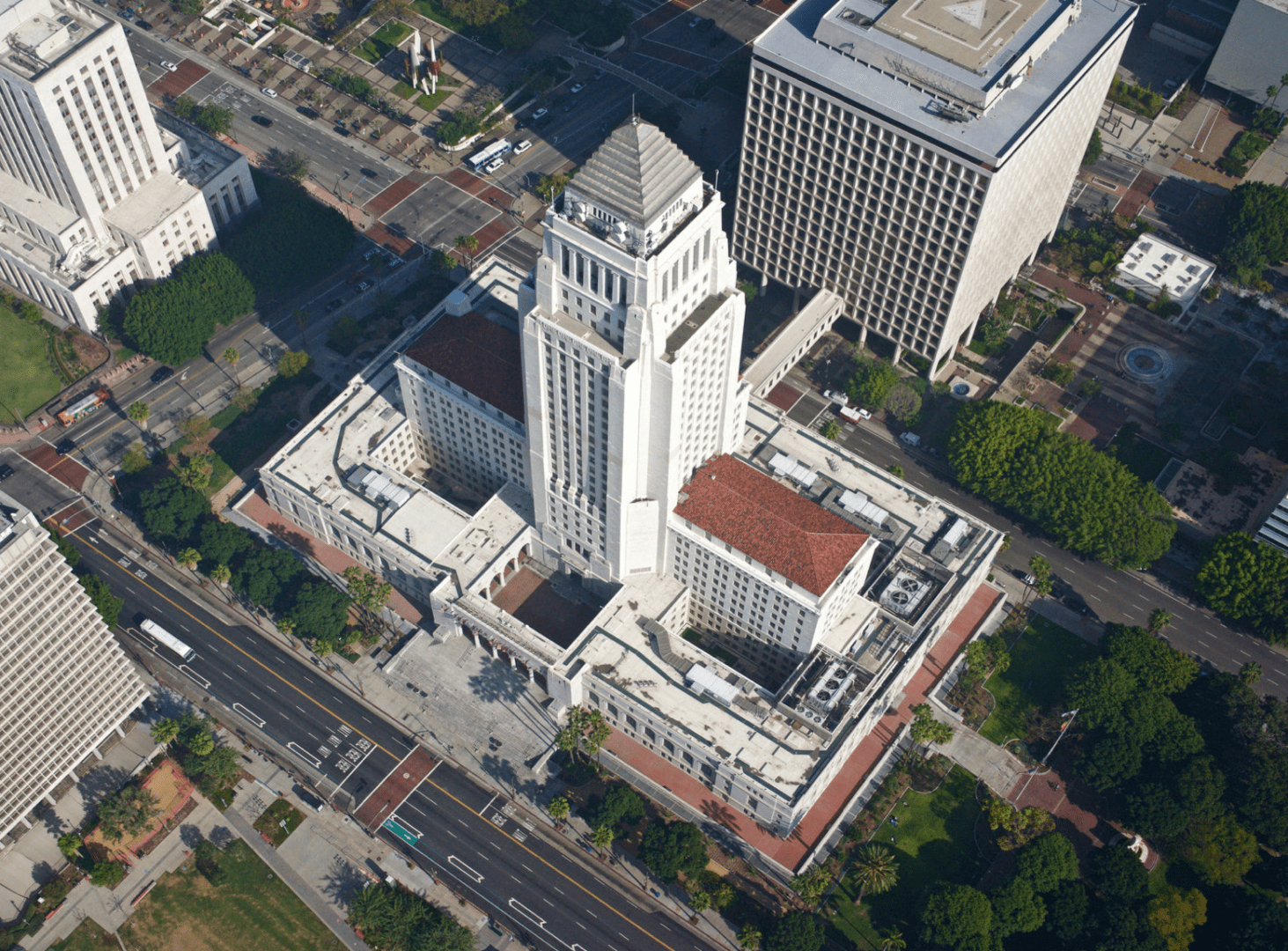 View Winners →
View Winners → 
By Jose Herrera
A city of Los Angeles legislative analyst delivered an extensive outline Monday of proposals including an independent redistricting process and the feasibility of expanding the council — proposals born from a leaked, racist conversation featuring three council members discussing manipulation of the 2021 redistricting process.
The council’s Ad Hoc Committee on City Governance Reform did not take a vote on any of the measures.
“It’s my intention that we don’t take any action on that item today, because we are planning to have a robust process of public input about the report, as well as you know, other input that third parties and stakeholders may have as to how to create the independent redistricting commission,” committee chair and Council President Paul Krekorian said.
John Wickham, assistant chief legislative analyst, gave a lengthy presentation to the committee, detailing several key components of the redistricting process and establishing an independent redistricting committee.
The council has already voted to begin the process of placing a measure on the 2024 ballot or sooner that would create an independent redistricting commission, a move that would require a voter-approved change to the city charter. Under the current redistricting process created in 1999, council members appoint representatives to a 21-member redistricting commission, which meets every 10 years to redraw council district boundaries.
The panel’s recommended lines, however, are then submitted to the city council, which makes the final determinations.
Wickham summarized what independent redistricting means, and how it’s being used throughout the state. According to Wickham, it’s complicated and structured differently in cities that have undergone the process.
According to Wickham, the city must comply with federal and state laws such as the Voting Rights Act, the California Elections Code and the California Fair Maps Act, but if the independent redistricting commission chooses, it can establish further criteria to comply with.
The council would have to approve a ballot measure no later than 125 days prior to an election date. The council may present a ballot measure to voters in 2024 during the primary election in March, if they are able to agree upon a ballot measure in November.
In addition, the California Elections Code is clear on defining an independent commission.
“This independent commission will develop the boundaries for the districts, and they will adopt them and those will be the boundaries,” Wickham said.
He also emphasized that there will need to be an application process to select commissioners, which is considerably different from the current system, where an elected official appoints a member to the redistricting commission.
“The bigger concept here is that elected officials are not engaged in influencing the redistricting process,” Wickham said. “There’s a separation of influence to allow the commission to do its work and not have the influence on its decisions they make.”
Wickham said the next time the city will undergo the redistricting process will be in 2031, however, the process begins years earlier as the U.S. Census Bureau conducts several technical programs such as creating a building address list, drawing census geographies, and changing the boundaries of census tracts.
“It’s been the city’s effort to evaluate and participate in all of those technical programs to make sure that we are ahead of the curve on these things,” Wickham said. “This relates to how well the Census Bureau conducts its count when that consensus date comes up.”
In the city’s case, a number of factors such as geography, culture, state and federal laws, and census data will end up influencing the decisions related to the redistricting process, he added.
“Any changes on redistricting require a change of the city charter,” Wickham said. “Redistricting is currently a part of the city charter, so if you want to set up an independent redistricting process, you’ll need to go to the voters in order to do that.”
Wickham described the independent redistricting process and independent redistricting committee as transparent, noting there are many opportunities for public input. The independent redistricting committee will be tasked to adopt a final map, but along the way the committee will be required to hold several public hearings.
“Most of the work is in that initial phase, in terms of the public hearings, but then the intensity really kicks up when you start into the draft in the final phase and then at the end of the day, after everything’s done,” Wickman said.
Councilwoman Nithya Raman highlighted an underlying issue, which her colleague Councilman Marqueece Harris-Dawson alluded to, of how the city or the independent redistricting committee can bolster public participation.
“This is a really huge area of consideration,” Wickham said. “If people don’t understand the questions that they are being asked, you may not actually get meaningful input. But this is where we are having commission and commission staff understand these things and be able to start putting together tools and resources for the public to understand.”






































































































